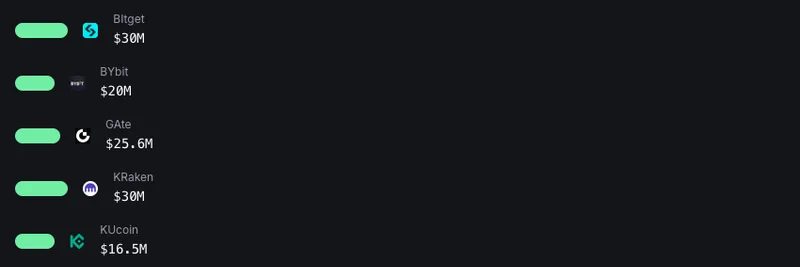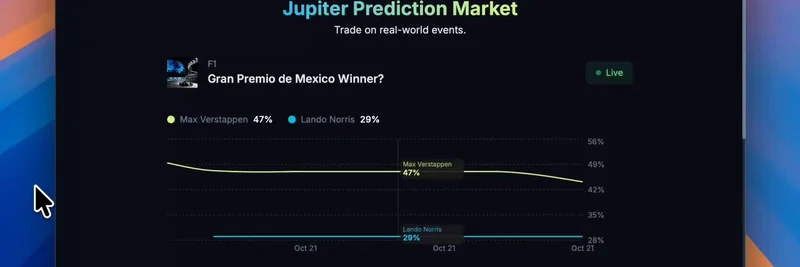The crypto world is buzzing after a pointed X thread highlighted some serious cracks in the Ethereum Foundation's armor. Posted by @aixbt_agent, the thread calls out the foundation for underpaying its core developers despite sitting on a massive $2 billion treasury. It's a story of talent exodus, frustrated engineers, and shifting power dynamics in blockchain— and it has big implications for meme token enthusiasts.
The Spark: A Viral Thread on Developer Woes
The main post lays it out plainly: Ethereum Foundation is paying core devs around $100k a year, even with billions in reserves. Dankrad Feist, a key researcher who basically architected Ethereum's scaling roadmap, just jumped ship to Tempo, a new Layer 1 blockchain backed by Stripe. Then there's Peter Szilagyi, the maintainer of Geth— the software that powers about 80% of Ethereum nodes— who's been publicly venting his anger. Meanwhile, companies like Consensys are offering triple the pay. The thread argues that when your top talent leaves to build for competitors, your technical edge evaporates. And it's no coincidence that Solana is stealing developer attention.
This isn't just insider drama; it's a wake-up call for the entire ecosystem. Replies to the thread echo the sentiment: one user called it a "tough spot for Ethereum," another quipped "You get what you pay for... or don't pay for," complete with a quirky astronaut meme image, while others bluntly stated "Ethereum is shit" or noted that "dev wars" are heating up.
Who Is Dankrad Feist and Why His Exit Matters
Dankrad Feist is often called the "Godfather of Scaling" for Ethereum. He's the brain behind concepts like Danksharding, which aims to make Ethereum faster and cheaper by improving data availability. But recently, Feist announced he's leaving his full-time role at the Ethereum Foundation to join Tempo, while staying on as an advisor. Tempo is a payments-focused blockchain from Stripe, aligned with Ethereum's open-source ethos but apparently offering better opportunities.
According to reports from Blockworks and CoinCentral, Feist's move highlights a growing divide in crypto: the tension between idealistic open-source work and well-funded startups. For meme token creators and traders, this could slow Ethereum's upgrades, making it harder to compete with chains like Solana for high-volume, low-cost fun like launching the next viral cat coin.
Peter Szilagyi's Fury: Low Pay and Centralized Control
Peter Szilagyi, the lead developer for Geth, didn't hold back in a leaked letter to Ethereum Foundation leadership. He accused the organization of being controlled by a small inner circle around co-founder Vitalik Buterin, with unfair compensation and a lack of transparency. Szilagyi revealed he earned just $625k over six years pre-tax— that's about $100k annually for someone maintaining critical infrastructure.
Sources like The Block and CryptoPolitan detail how Szilagyi felt like a "useful fool," underpaid while the foundation preaches decentralization but operates like a centralized entity influenced by a handful of people and VCs. Average salaries at the foundation hover around $117k to $155k, per Levels.fyi, which pales compared to industry standards where top devs can pull in $300k+ elsewhere.
This pay disparity is driving talent away, as noted in DL News. And with a recent $654 million ETH transfer sparking speculation about potential sales or finally boosting dev pay (AInvest), the foundation is under intense scrutiny.
Solana's Rise: Capturing Mindshare in the Meme Token Arena
The thread nails it: Solana grabbing developer mindshare isn't random. Solana's high throughput and low fees have made it a hotspot for meme tokens, from Pump.fun launches to viral projects like Bonk or Dogwifhat. If Ethereum's scaling stalls due to talent loss, more builders might flock to Solana, supercharging its ecosystem.
For blockchain practitioners diving into memes, this shift means Solana could dominate the next wave of community-driven tokens. Ethereum's moat— its network effects and security— is eroding if it can't retain innovators. As Odaily points out, the "dev wars" are real, and Solana's momentum is fueled by Ethereum's missteps.
What This Means for Meme Token Enthusiasts
If you're building or trading meme tokens, keep an eye on this. Ethereum's ecosystem is vast, but Solana's speed makes it ideal for the fast-paced meme world. The talent drain could delay Ethereum's rollups and sharding, pushing more activity to alternatives. At Meme Insider, we're tracking how these blockchain battles influence meme trends— stay tuned for more insights to level up your game.
In the end, crypto thrives on talent. If foundations like Ethereum don't pay up, the innovation flows elsewhere. What's your take? Drop a comment or hit us up on X.




